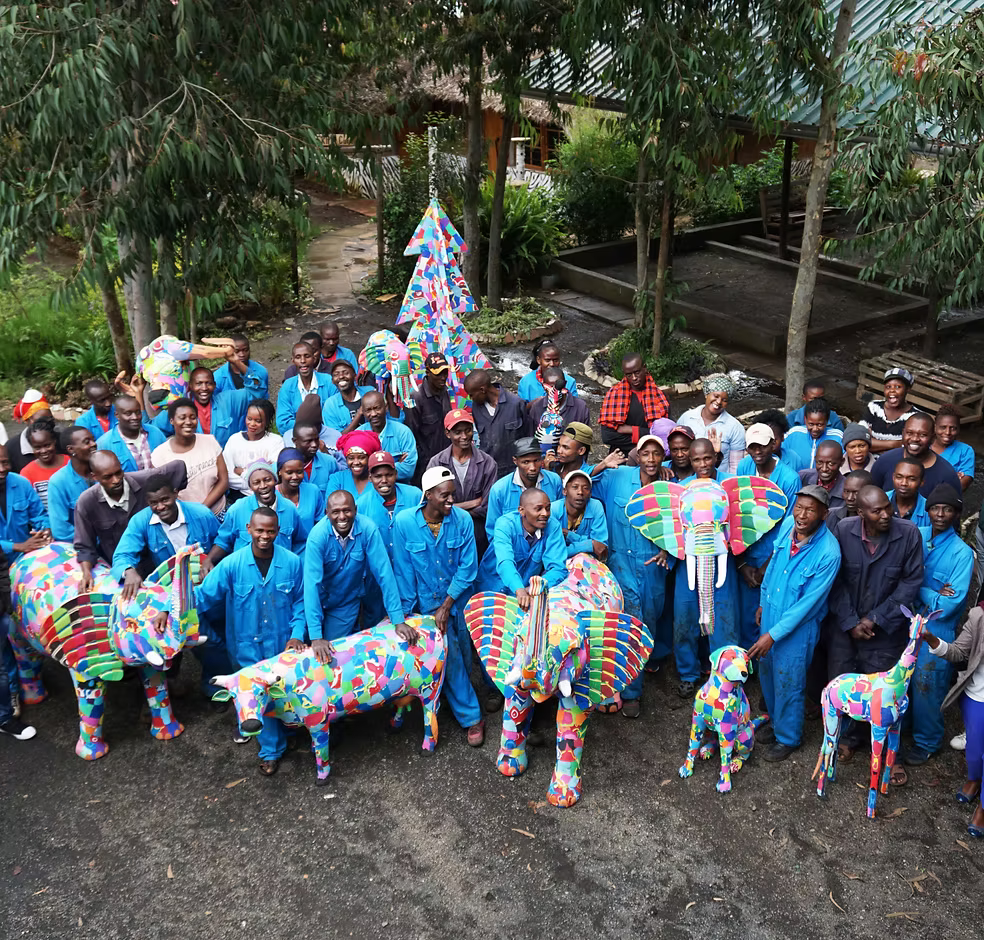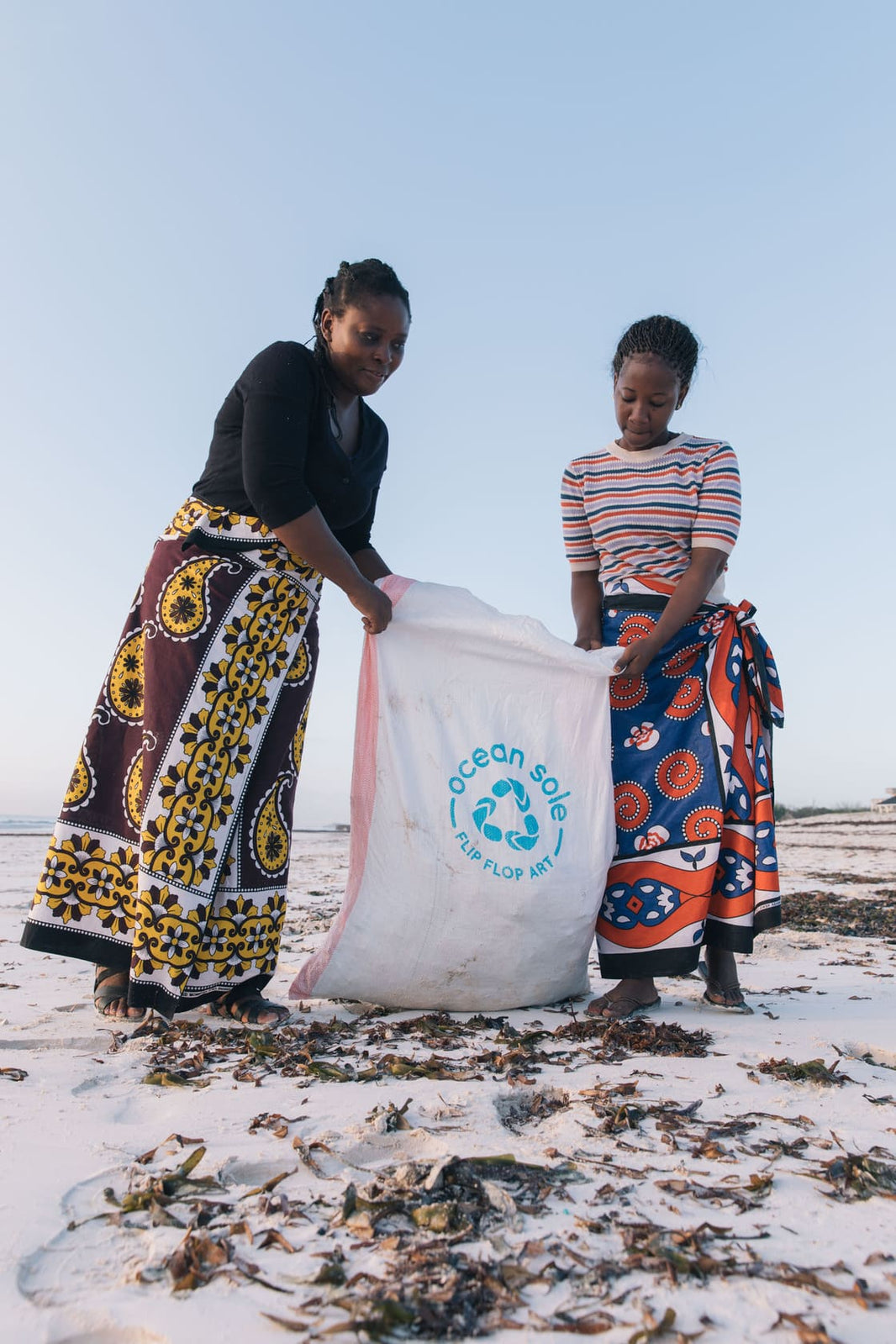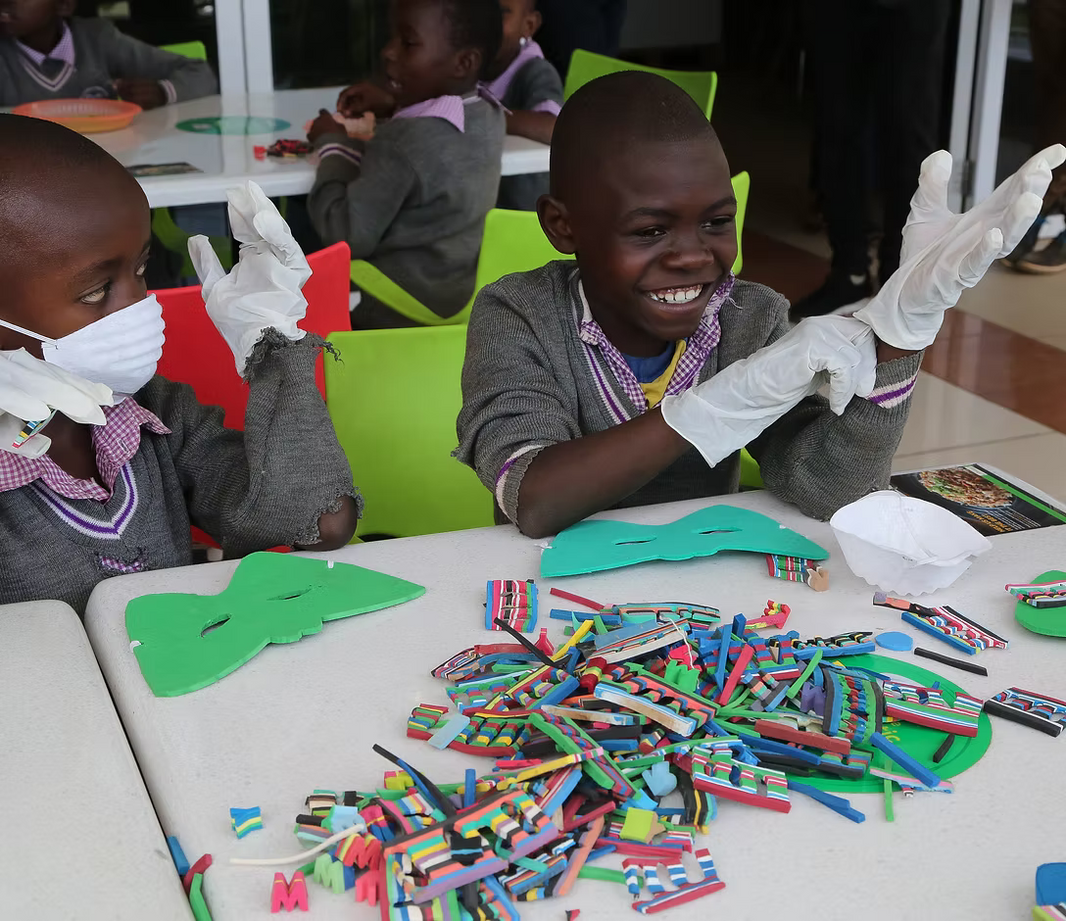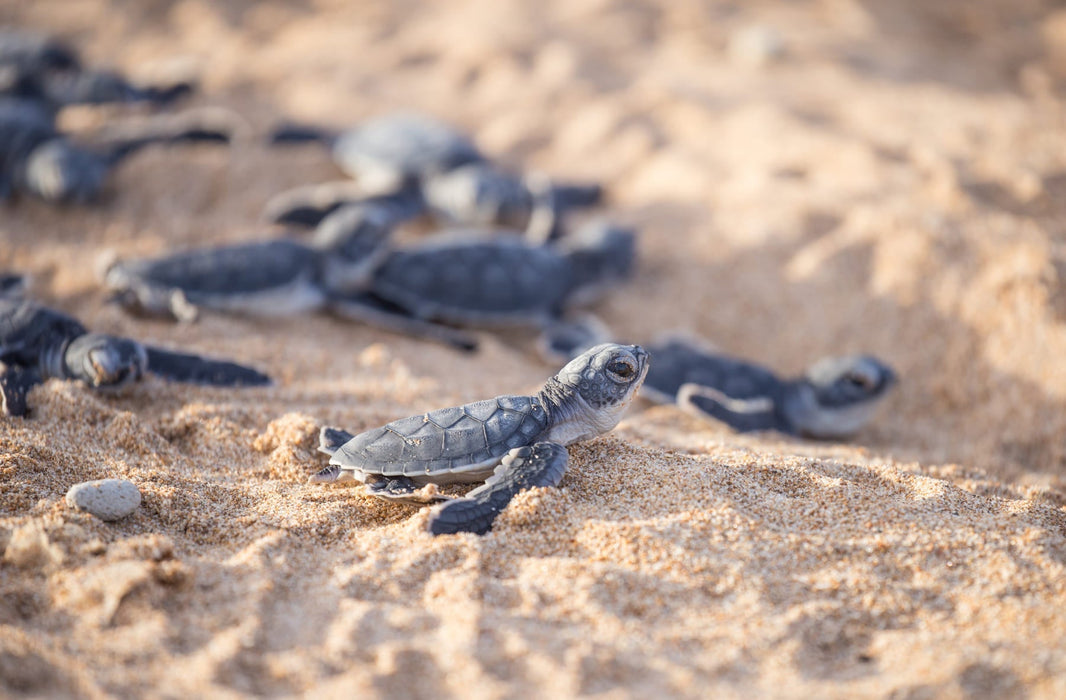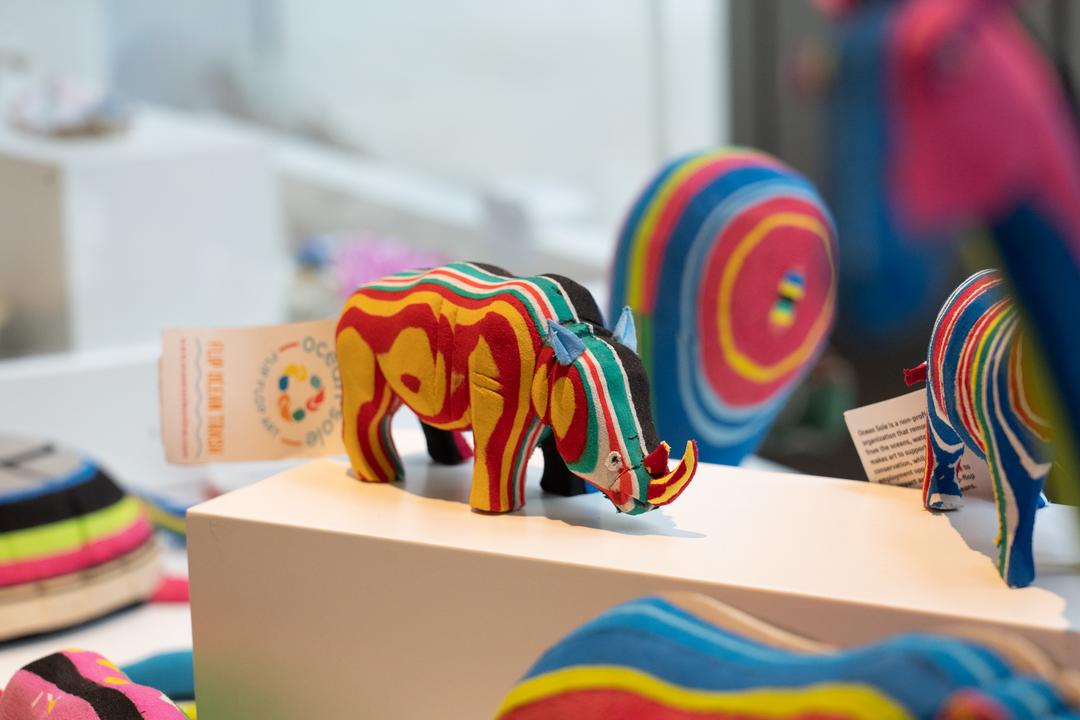World Rhino day has arrived and as it's the 10th anniversary, we thought we would share why this day is so important!
Rhinos once roamed the world in their hundreds of thousands, as of January 2024 the whole world is left with just 27,431 rhinos. Now rhinos are only found in a few countries.
Three of these rhino species are found in Asia;
- The greater one-horned rhino which is found in India and Nepal
- The Sumatran rhino which is found on the islands of Sumatra and Borneo
- The Javan rhino which is only found in one protected area on the island of Java, Indonesia
The other two are found in Africa;
- The white rhino
- The black rhino
African rhinos are found in several countries; Kenya, Zimbabwe, South Africa, and Namibia.
Although they are all quite distinct-looking creatures, they have certain characteristics that set them apart from one another.
For example, the white and black rhinos are told apart by their upper lip, but you would certainly need a close-up look to make sure you can tell the difference. Black rhinos are browsers, which means they eat leaves from bushes and their top lip is bigger and pointed. Whereas white rhinos have a square-shaped upper lip which lets them graze grass off the ground.

Why do we need to protect rhinos?
Sadly due to poaching and habitat loss, rhino numbers have declined dramatically. Although the use of rhino horn was banned in 1977, the illegal trade is still rampant both in Africa and Asia.
Rhino horn is made from keratin which is the same protein that humans have to grow hair and nails however in the far East, rhino horns are believed to cure ailments like cancer. Sadly the use of rhino horn has increased over the last few years and is also recognised as a status symbol in many Asian countries.
According to Helping Rhinos; One rhino horn can fetch more than an incredible £200,000.
While a rhino horn will grow back if it is cut off, poachers sadly kill them to get their horns, this has been one of the biggest causes for their decline in numbers. Black rhinos have the most succumbed to poaching, this is because they have 2 horns which makes them far more lucrative in the eyes of poachers.

Rhinos are sadly also affected by the loss of habitat. According to WWF Human activities such as agriculture, settlements, and infrastructure development result in the loss and fragmentation of rhino habitat, which increases the risk of poaching and inbreeding.
Rhino’s like most wild animals need a lot of roaming and grazing space and when they are subjected to a decline in habitat the risk of extinction is increased dramatically. Another factor that puts pressure on rhinos is the lack of safe animal ‘corridors’ to travel through, which reduces the chances of breeding.
So why is World Rhino Day so important?
World Rhino day reminds us that their numbers are still declining dramatically and with nearly every species on the endangered and critically endangered list, it is up to us now more than ever to raise awareness for these magnificent creatures and try to protect them.
How can you help to #KeepTheFiveAlive?
Last May, Ocean Sole launched The SoleMate Project, a charity whose mission is to Make Wildlife Art, Not Kill Wildlife. The SoleMate Project aims to create 200 life-sized replicas of endangered species in partnership with organizations around the world who dedicate their lives to protecting wildlife while cleaning Kenya’s beaches at the same time.
We have teamed up with Ol Pejeta, a conservancy in Northern Kenya, to help protect the lives of the last 2 Northern White Rhinos left on earth.
There are only 2 Northern White Rhinos left in the world. Both of them are female. After the tragic loss of the last male rhino, Sudan, the dedicated team at Ol Pejeta has been working tirelessly to protect the 2 girls.
The Northern White Rhino was once abundant over Africa, however, due to poaching their numbers declined rapidly. The future of this subspecies now lies in the development of in vitro fertilization techniques and stem cell technology, costly and complicated procedures that have never before been attempted in rhinos.
Click Here to donate to Ol Pejeta.
January 2024 population stat from World Animal Foundation



